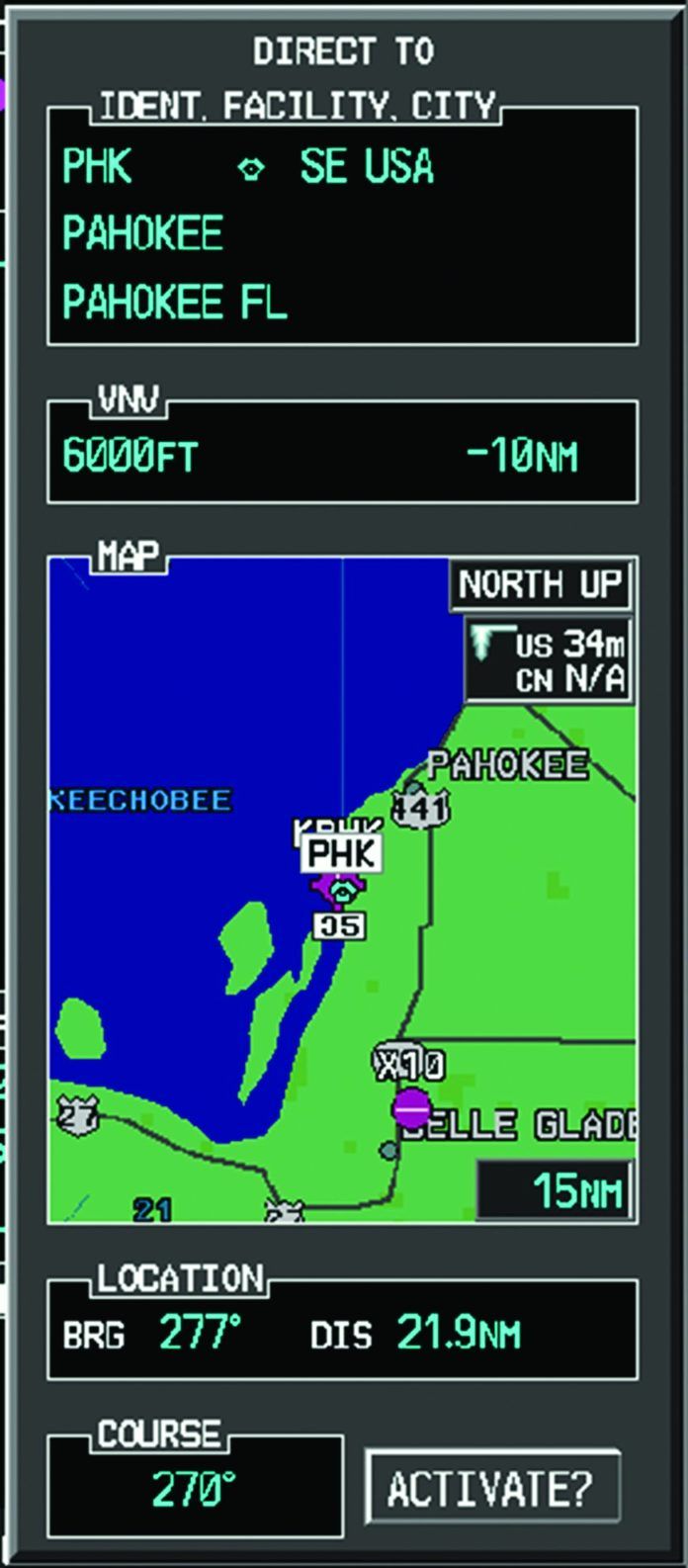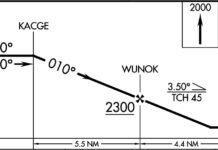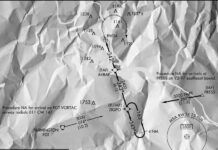Ron and I are having a good day, cruisin’ along at altitude. We’re 146 miles from F45 in West Palm Beach, FL on our way to KLEE, Leesburg, FL, a little northwest of Orlando. The daytime weather is good. We are in a G1000-equipped Cessna 172 with a quirky autopilot and no WAAS. This is a comedown from our regular steed, a 2008 Turbo 182 which is down for maintenance. We miss its silky-smooth GFC 700 autopilot and WAAS. Yes, we are so very spoiled as things are about to get, um, “interesting.”
No Glee at KLEE
We listen to the weather at KLEE. The winds favor Runway 13. We have the RNAV 13 approach loaded and ready to go. All we need is to be turned over to Orlando Approach on 121.1 to make our request.
The handoff never occurs. Now getting close to the airport, we ask the current controller for the approach.
He is miffed because we should have called him earlier. We would have, but we are accustomed to making that request on the frequency shown on the approach chart. He informs us to expect the RNAV 13. Soon he turns us west to 270 and appears to begin vectoring us for the approach. He even verbalizes a fix on the RNAV 13. But something isn’t right. Soon it is clear that something is wrong because the vectors now make no sense. Then comes the surprise.
“Skyhawk 19N, turn right heading 090. Join the final; cleared for the RNAV 3, contact tower on 119.35. You can work out the rest out with them.”
What the..? We were being led (we thought) to one approach, then suddenly given another. I load the RNAV 3 and everything makes sense again.
The approach proceeds normally to circling minimums. Leesburg tower tells us at first to make left traffic for Runway 13. This is impossible because that would lead us to Runway 31. We check the HSI to make sure we are not disoriented. We aren’t. Before we can object, tower instructs us to make right traffic for 13. Once again, order is restored. We land, heads spinning like gyros.
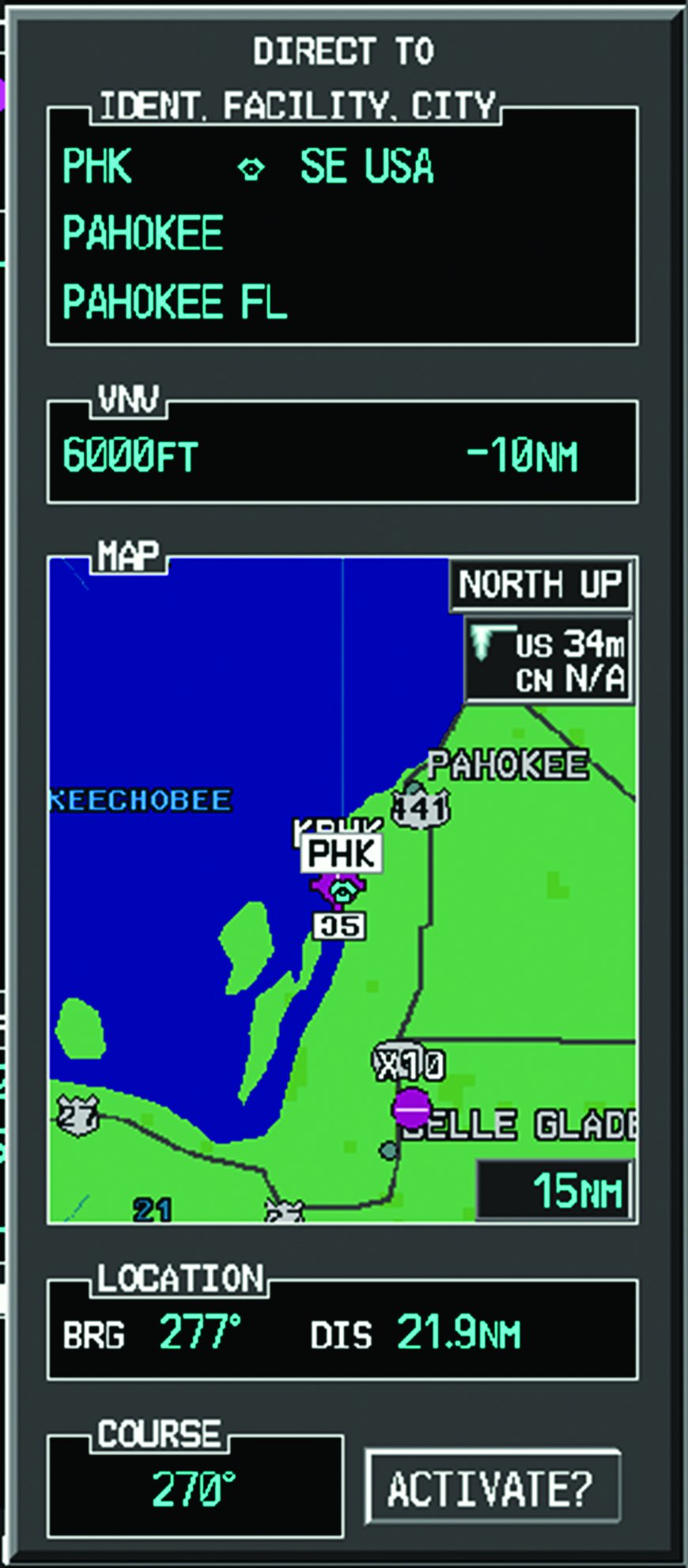
Postflight Analysis
There is a certain, comfortable rhythm to IFR. We expect to ask the final controller for an approach because we have all heard the “Make your request of the next controller,” when the request is made too soon. Most of us have felt silly because our situational awareness should be better than that.
Our rhythm was broken twice, as was the controller’s. The first broken rhythm precipitated the second. First, we didn’t realize that we already had the “final controller” because we were never switched to the charted frequency. The controller must have been handling multiple sectors, but we didn’t know that.
The second rhythm broken was both the controller’s and ours. Being late making our request, we received a mild wrist-slap for having broken his rhythm by not calling sooner. He began vectoring us to the RNAV 13. We thought the rhythm had been restored. But the vectors don’t make sense. Our rhythm was interrupted for the second time when the controller changed our approach not only without warning but without our consent and contrary to our request. This broke his rhythm again, too.
Why did the controller change our approach? We believe it was to save his time. The RNAV 3 approach was closer and would be less workload if he could avoid additional vectoring. It could also be time in the penalty box for a certain Cessna who called him late, (but I’m sure that was just incidental).
A third unrelated rhythm break occurred when the tower gave us incorrect downwind instructions. This was odd because the tower was already working two or three VFR aircraft heading for Runway 13.
Did we screw up? No, outside of not realizing the approach controller had the sectors combined. Good pilots try to anticipate what a controller might do; it’s part of situational awareness. Doing so is not just fun, it contributes to safety because, say, an unexpected heading is cause for query.
Anticipating, we quickly picked up that our vectors didn’t match the approach we expected. Once we knew which approach we were getting, we loaded it and were back on track. ATC never knew the difference.
Lost in (National Air) Space
Ron and I are again airborne, on another day, in same airplane. We are returning to F45 and request the ILS 8R. The controller lines us up perfectly from the IAF at PHK. We are at 5000 feet. He descends us to 3000. Then…nothing.
So there we are inbound, 500 feet above the initial approach altitude. We cross YIGBO which now makes us 1400 feet high, still without a word from Approach.
Our approach is unraveling. Ron calls Approach and tells them that we are inbound to AZCID and requests lower. It will be a hustle to get down, but can be done.
When Approach answers, it’s a different voice, and it sounds embarrassed. He breaks us out of the approach with 360, 270 and 120 vectors to reposition us on the approach properly. Mind you, we were IFR the whole time.
Since we heard two voices, there was obviously a controller change that lost us in the shuffle. Somehow the fact that we were on an IFR approach did not make it from the first controller to the second.
My understanding is that a controller change is a formal event performed in a specific way to avoid exactly this kind of omission. IFR aircraft are the highest priority targets on a radar scope. So how did the second controller not get “the flick” as they sometimes call it?
We could have called sooner, but this might have been in the middle of the controller change. Having run a few numbers since, we could have descended and joined the glideslope before reaching AZCID, but the stability of the approach might have been questionable. The second controller did the right thing by making the conservative call.
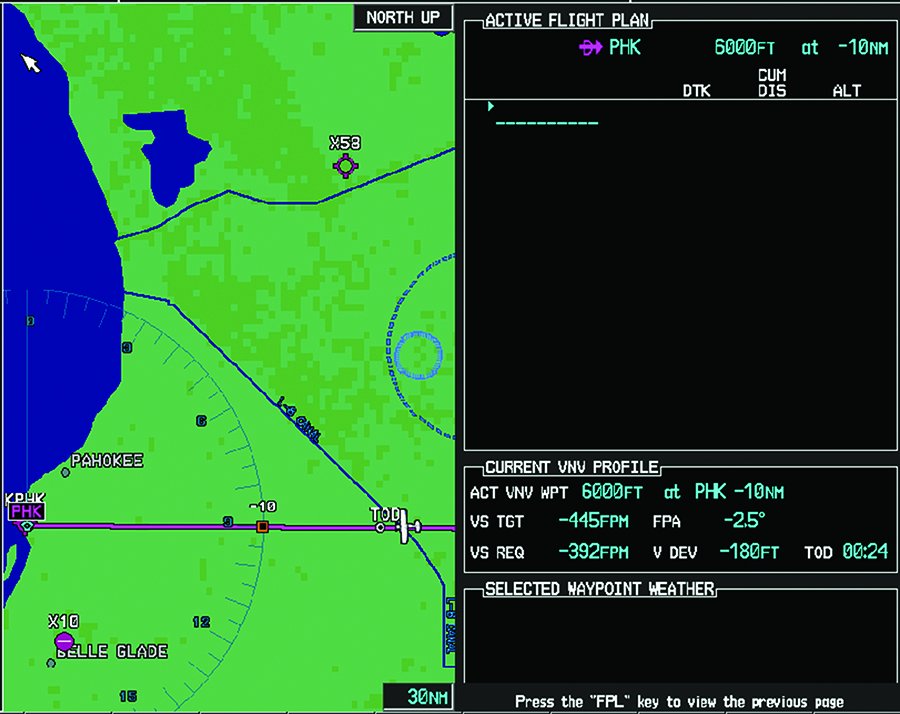
Lost by ATC—Again
Ron and I are down from altitude, enjoying the rhythm and flow of IFR, as always. We are handed off several times, and are now approaching the airport. I call on the assigned frequency, having checked in properly, requesting an approach.
To our surprise, she comes back telling us, “Where have you been? We’ve been trying to reach you for 15 minutes!” Then she hands us off to another controller. Neither of us can explain the missed handoff unless ATC forgot about us. We were expecting a call that never came.
I realized we should have set an available radio to monitor 121.5. Had we done that, ATC might have been able to reach us and avoid being NORDO (No Radio) for so long. Technically, we became a NORDO after five minutes by ATC measure.
On a subsequent flight we heard an aircraft was out of touch for 35 minutes. ATC was calling repeatedly and we volunteered to relay since we were at 7000 ft. No luck. Then the pilot appeared on the radio and made a request. The controller responded tartly, “I’ll comply with your request after you tell me where you’ve been for the last 35 minutes.” We were glad we weren’t on the receiving end of that transmission.
On Guard!
In aviation-speak we call maintaining a listening watch on 121.5, “monitoring Guard.” We now do so, because ATC might try to reach us if we somehow lose contact. It may also prove handy if you have an emergency. Occasionally we hear the cyclical sweep of an ELT, which we report to ATC per AIM 6-2-4(d). If you get intercepted or enter airspace where you don’t belong, like the Washington Special Flight Rules Area, you are asked to contact ATC or call on Guard. If all that fails, pilots risk the use of force according to AIM 5-6-6(b).
Fix, Radial, Distance
ATC seems to be defining fixes more and more in terms of Fix, Radial and Distance. Being fixes, they can be used for almost anything. That would be shown as PHK090010 in a clearance or you might be told to cross the PHK 090 radial 10 miles east at 6000 feet as shown.
Ron was given the above FRD by ATC. Engineer that he is, he began doing the math. Being lazy and less numerically inclined, I used the G1000.
FRD is incorporated into the Direct-To function of the G1000. Enter the fix, PHK. Now enter ATC’s requested altitude, 6000 feet and distance from the fix, 10 miles before PHK as denoted by the minus sign. Set the course (bearing to the station; the reciprocal of the radial) and then hit Activate.
Once set, a black square with orange borders will appear along with the notation, 10, denoting Top of Descent. Approaching TOD, the G1000 will give a one-minute warning and populate the VNV Profile as in the second screen. You are 24 seconds from TOD and will need to descend at 445 fpm once there.
Happily, you don’t need a VNAV-capable autopilot for this VNAV profile. Just begin a descent manually. The PFD gives you a glide path tape you can follow like a glideslope needle. Just keep it centered and in three minutes you will cross the fix exactly at 6000 feet as instructed. AT TOD, the VNV Profile switches from TOD to BOD, Bottom of Descent, and starts counting down the time to BOD. In three minutes you will reach BOD (not shown).
With a delayed descent, remember that vacating an altitude is a mandatory report. So you make the call at top of descent. After ATC issues the restriction, I have been advising ATC that we will begin our descent in so-many minutes. The last controller didn’t seem to care, but it felt appropriate to inform ATC of our intentions.
Kudos to ATC
In the interest of keeping perspective, the ATC gotchas above were isolated cases, which makes them all the more noteworthy. In 80-plus hours of recent IFR flying, ATC has been uniformly helpful, pleasant, intelligent and generally terrific. Their error rate is very low—far lower than ours.
The occasional error, though, is why we need to be all the more mindful not to take anything for granted. In this business we all check each other to catch errors as soon as possible. Tempting and easy as it might be, we cannot abdicate our responsibility as pilot-in-command to ATC or anyone else.
Fred Simonds is a G1000-certified CFII in Florida. See his web page at www.fredonflying.com.

